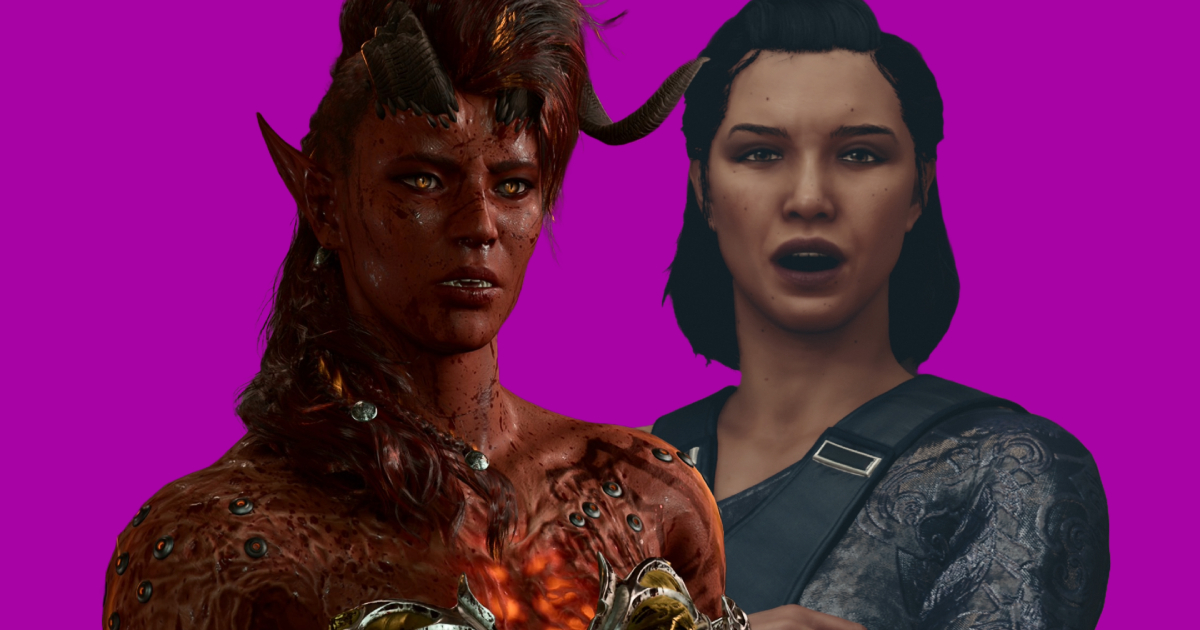Bruce Nesmith on why Starfield, unlike BG3, can't afford to create things for 1% of players: "We can't block off content that way"
Bruce Nesmith, book author and former design director at Bethesda who has contributed to most of the studio’s major games since Daggerfall, has shared his thoughts on Baldur’s Gate 3. He also pointed out the difference in Larian’s and Bethesda’s approaches to game content.

Nesmith was the guest on the latest episode of the MinnMax podcast, where he spoke with host Ben Hanson about his career journey at Bethesda, Starfield, the next Elder Scrolls game, and Baldur’s Gate 3.
As a huge Dungeons & Dragons fan, Nesmith said he loved what Larian did with Baldur’s Gate 3, calling it a “triumph of trying to make a tabletop experience actually happen right there in the computer.”
He noted that there is one thing about BG3 that Bethesda could never get itself to do: “That is they poked into all the darkest corners. They’ve come out and said quite bluntly, ‘We don’t care if only 1% of the players will ever see this. Those 1% that do are going to be happy and they’ll tell the other 99%, who will then be happy that the option existed.'”
That is exactly what Larian Studios founder Swen Vincke said in an interview with the Dungeons & Dragons YouTube channel last month. The company’s approach is about offering as many options as possible to all types of players, no matter how unpopular or irrational they may seem in terms of finances and times spent.
“I want to make sure that we keep on investing heavily in things that maybe 0.001% of the audience will see, because it is important that any journey that you take in your game is going to be equally rewarding,” Vincke explained. “And if you would say, ‘Oh, 80% of the players go there and they see that,’ then what’s going to happen is that you’re going to put all your effort on the 80% of the experience and you’re not going to do anything or less on the 20%. That’s not what you should do when you make a game like this.”
Speaking to MinnMax, Nesmith noted that Bethesda can’t afford to lock down entire sections of the game the way Larian did in Baldur’s Gate 3. This is largely dictated by the types of projects the studio makes, allowing each player to get access to all quests and most content in a single playthrough.
At Bethesda, the games we were making were so big we had to take the approach of, 'Everybody's got to be able to do this at some point.' We can't block off content that way. And you can see it in our games; we don't. You can get to be the heads of all the guilds, you can be friends with all the companions, you can go to all the places. Nothing is off limits. But when you play Baldur's Gate 3, you get the impression, rightly so, that this decision I'm about to make will close off parts of the game and open up others. And it's meaningful, that means something.
former design director at Bethesda Game Studios
So Larian and Bethesda have different approaches and their own rationale behind them. Each has its own pros and cons. For example, in the case of Baldur’s Gate 3, the work that an individual developer does may only be seen by, say, 5% of the players. “That’s a little disheartening,” Nesmith said.
But Larian’s approach makes players feel that every decision they make is highly meaningful. In Bethesda games, on the other hand, very few decisions can be viewed this way. “We tried to make those really big and important, but you get to make three or four highly important decisions in the game,” Nesmith noted.
Plus, locking large portions of content behind player choices goes against Bethesda being in a business of “making games that people would play for hundreds of hours.” So Larian’s approach is also the risk that the studio couldn’t take when creating projects of that scale and budgets.
Bruce Nesmith started his career in the 80s at TCR, the original publisher of Dungeons & Dragons, where he mainly wrote various adventure modules and was eventually promoted to the company’s creative director. In 1995, he joined Bethesda Softworks as a game designer before leaving it in 1998 and returning in 2004.
Nesmith was one of the designers on The Elder Scrolls: Chapter II — Daggerfall, while also serving as quest designer on Oblivion and Fallout 3, as well as lead designer on Skyrim. He left Bethesda in 2021 to dedicate his time to book writing.
For more details about Nesmith’s career and insights into development of games like Fallout 76 and Starfield, watch the full episode of MinnMax below.
